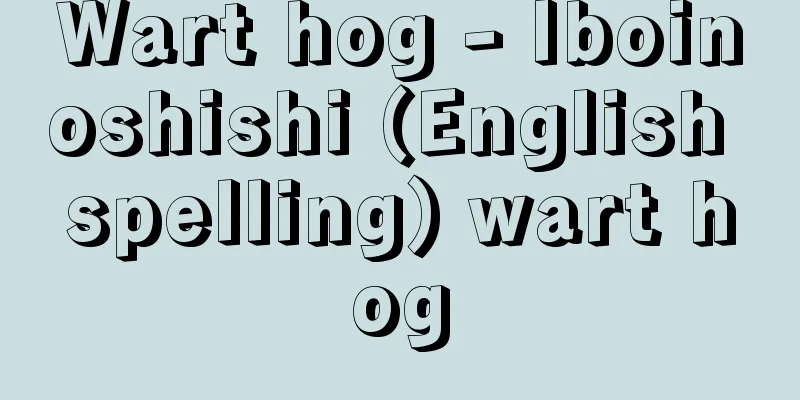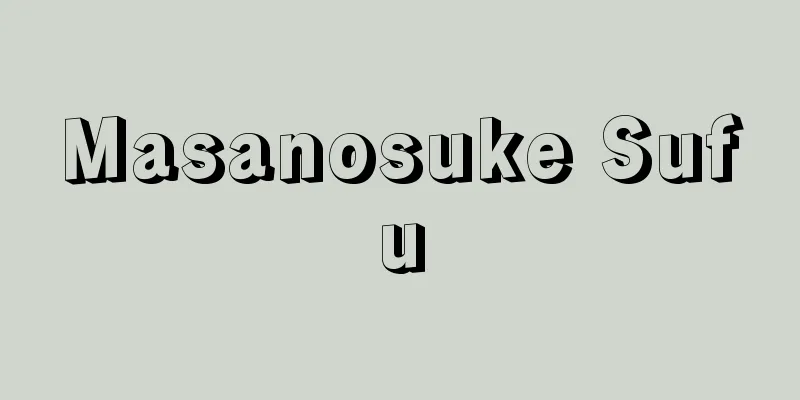Katagiri Katsumoto

|
Year of death: May 28, 1615 (June 24, 1615) Year of birth: 1556 A military commander in the Azuchi-Momoyama and early Edo periods. His father was Naosada, a vassal of Azai Nagamasa. He was born in Omi Province (Shiga Prefecture) and was originally named Sukesaku. He served Toyotomi Hideyoshi, and in 1583, he was recognized as one of the Seven Spears in the Battle of Shizugatake, for which he was given an additional 3,000 koku and appointed Higashi Ichijo. In 1592, he traveled to Korea. In 1594, he was given an additional stipend of 10,000 koku as a reward for his work in the Battle of Shizugatake. He served as magistrate for land surveys in various provinces and as magistrate for the construction of the Great Buddha Hall at Hokoji Temple. In August 1598, just before Hideyoshi's death, he was appointed to a position to oversee the vassals serving his son Hideyori. In 1603, after the Battle of Sekigahara, he was granted an additional 18,000 koku in Heguri County, Yamato, which is thought to have been granted by Tokugawa Ieyasu in his capacity as one of the Five Elders of the Toyotomi government. Katsumoto was not simply an old retainer of Hideyori, but was in a position to receive instructions from Ieyasu. In 1606, he was issued an accounting document for the former Taiko treasury land. In the 1610s and 1614, in addition to activities that would have been expected of an old retainer of the Toyotomi family, such as acting on behalf of Hideyori and magistrate of the Toyokuni festival, he also worked as a bureaucrat for the Tokugawa shogunate, serving as magistrate of the provinces of Settsu, Kawachi, and Izumi. In 1615, Hideyori gave him an additional 10,000 koku. In 1616, he went to Sunpu as an emissary to explain the inscription on the bell of the Great Buddha Hall of Hokoji Temple, but his actions at that time aroused suspicions from Hideyori's birth mother Yodo-dono and others, and on October 1st he left Osaka Castle and entered Ibaraki Castle in Settsu, which was held by his younger brother Sadataka. In 1615 (Genwa 1), after the Siege of Osaka, he received an increase in his fief, giving him a total of 40,000 koku in Yamashiro, Settsu, Kawachi, and Izumi. He died in Kyoto. <References> Takagi Shosaku, "Research on the History of the Japanese Early Modern Nation" (Hirofumi Yamamoto) Source: Asahi Japanese Historical Biography: Asahi Shimbun Publications Inc. About Asahi Japanese Historical Biography |
|
没年:元和1.5.28(1615.6.24) 生年:弘治2(1556) 安土桃山・江戸初期の武将。父は浅井長政の家臣直貞。近江国(滋賀県)に生まれ,名は初め助作。豊臣秀吉に仕え,天正11(1583)年,賤ケ岳の戦で七本槍のひとりに数えられる戦功をあげ,3000石加増, 東市正 に叙任された。文禄1(1592)年朝鮮に渡海。4年賤ケ岳の戦の追賞として加増され,合計1万石。諸国の検地奉行や方広寺大仏殿などの作事奉行を勤める。慶長3(1598)年8月,秀吉の死の直前に,子の秀頼付きの家臣を監察する地位につく。関ケ原の戦後の慶長6年には,大和平群郡で1万8000石を加増されているが,これは徳川家康が豊臣政権の五大老としての立場で与えたものと考えられる。且元は純粋な秀頼の老臣ではなく,家康の指示を受ける立場にあった。慶長9年には旧太閤蔵入地の算用状を発給。慶長10年代(1605~14)には,秀頼の名代や豊国祭の奉行など豊臣家の老臣とみられる活動のほか,摂津,河内,和泉の国奉行という徳川幕府の吏僚としての活動もあった。18年には,秀頼から1万石の加増を受けた。19年には,方広寺大仏殿の鐘銘をめぐり,弁解の使者として駿府に赴いたが,そのときの行動が秀頼の生母淀君らの疑惑を招き,10月1日大坂城を退去,弟貞隆の摂津茨木城に入った。元和1(1615)年,大坂の陣後加増を受け,山城,摂津,河内,和泉に計4万石。京都で死去。<参考文献>高木昭作『日本近世国家史の研究』 (山本博文) 出典 朝日日本歴史人物事典:(株)朝日新聞出版朝日日本歴史人物事典について 情報 |
Recommend
"The Legend of Izumo no Okuni"
...The common theory is that she was a shrine mai...
Pátmos (English spelling)
...Total population about 120,000. In addition to...
Aphrophora intermedia (English spelling) Aphrophoraintermedia
...In some regions, it is believed that fireflies...
Patroon system - Patroon system (English spelling)
A feudal system of large land ownership introduced...
Cascade Mill - Cascade Mill
…These are called autogenous grinding mills. Auto...
Boni mores (English spelling)
… The Japanese Civil Code stipulates that legal a...
Blue-and-white flycatcher - Blue-and-white flycatcher
...It overwinters as a pupa. The A. gnoma (illust...
Navigation Acts
A collective term for laws that Britain used to mo...
Koyadaira [village] - Koyadaira
A village in Mima District, southwest Tokushima Pr...
Henri Pousseur
1929‐ Belgian composer. He studied at the Liège an...
Cancellation Notice
…However, even in the terminology of the Civil Co...
Cardenas, GLde - Cardenas
...It is a tourist destination known for its adve...
Leningradskii Kirovskii zavod (English spelling) Leningradskii Kirovski izavod
…The strikes in 1905 and 1916 were large-scale an...
Local strength - local strength
...The following describes the hull strength of m...
Tone [village] - Tone
A village in Tone County, northeastern Gunma Prefe...









